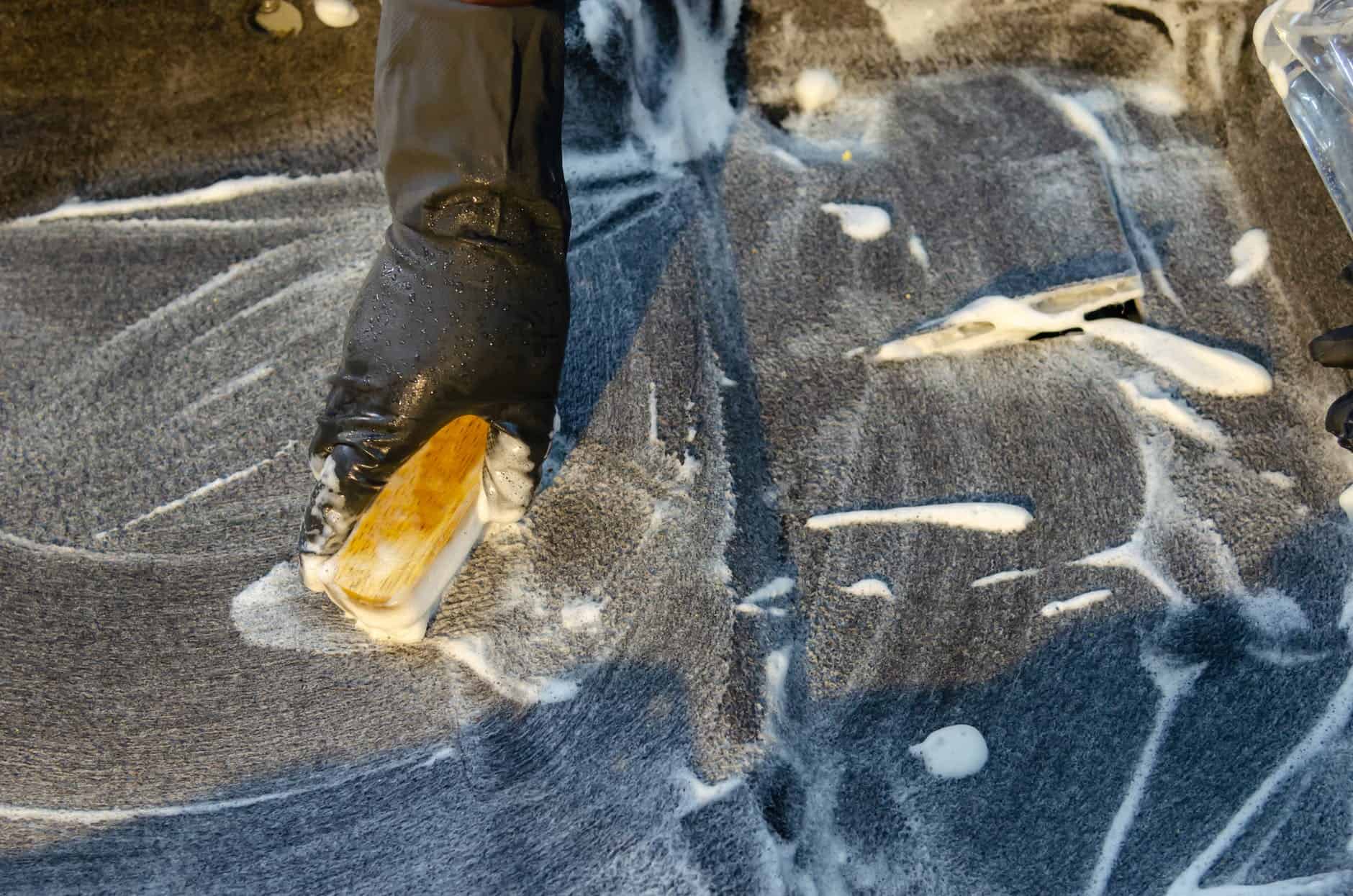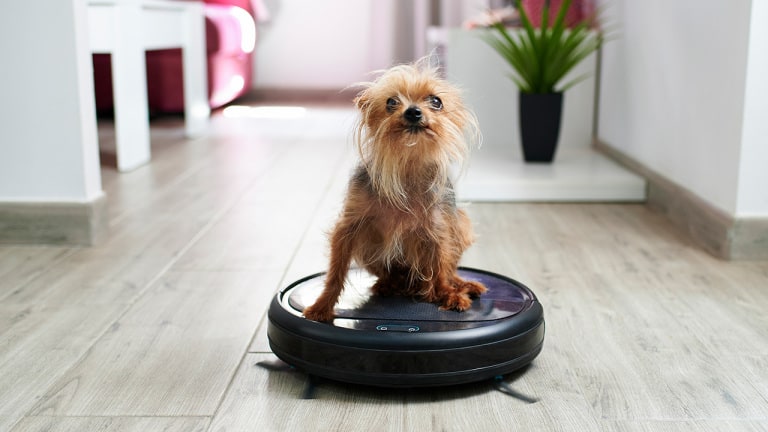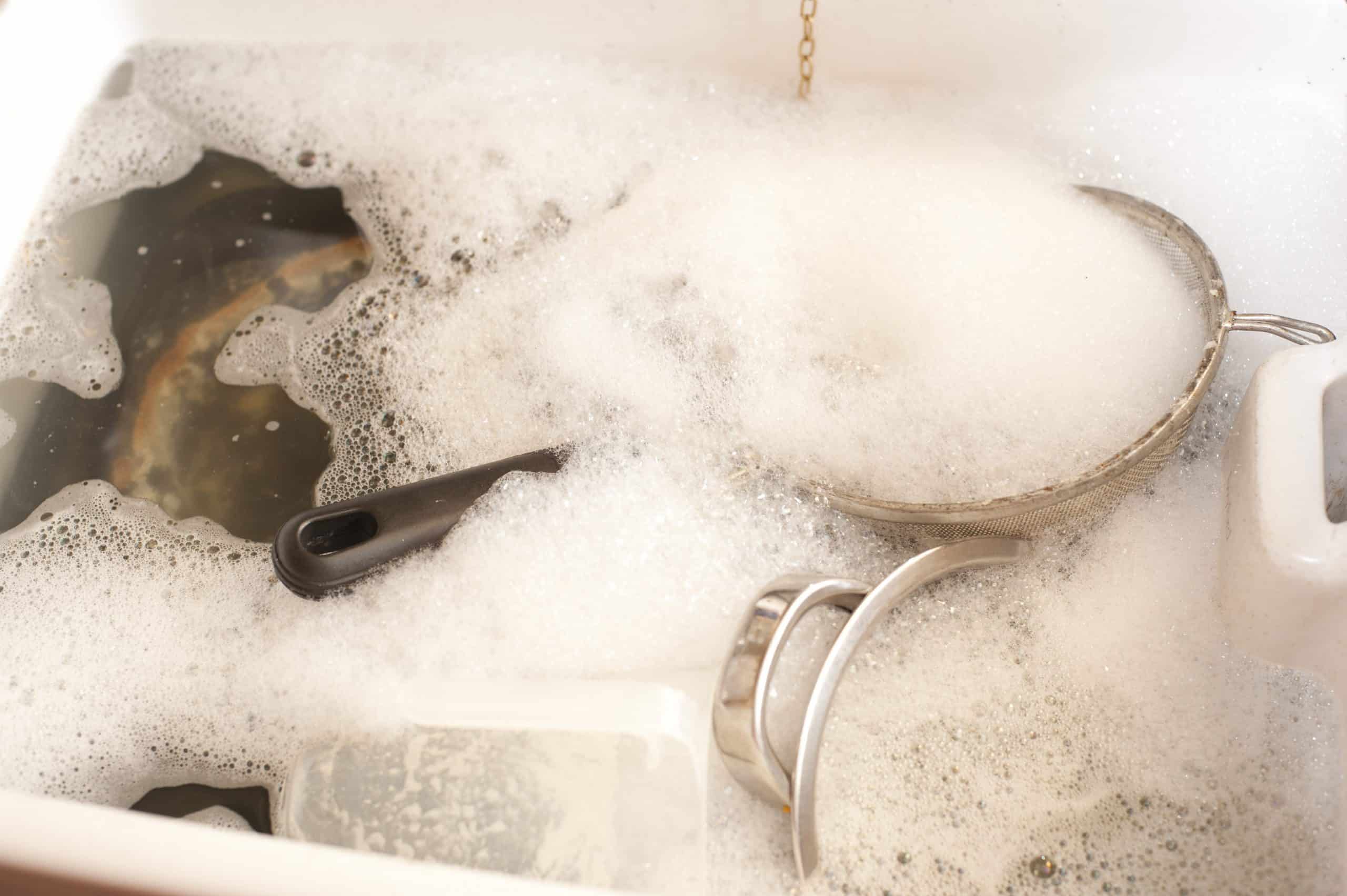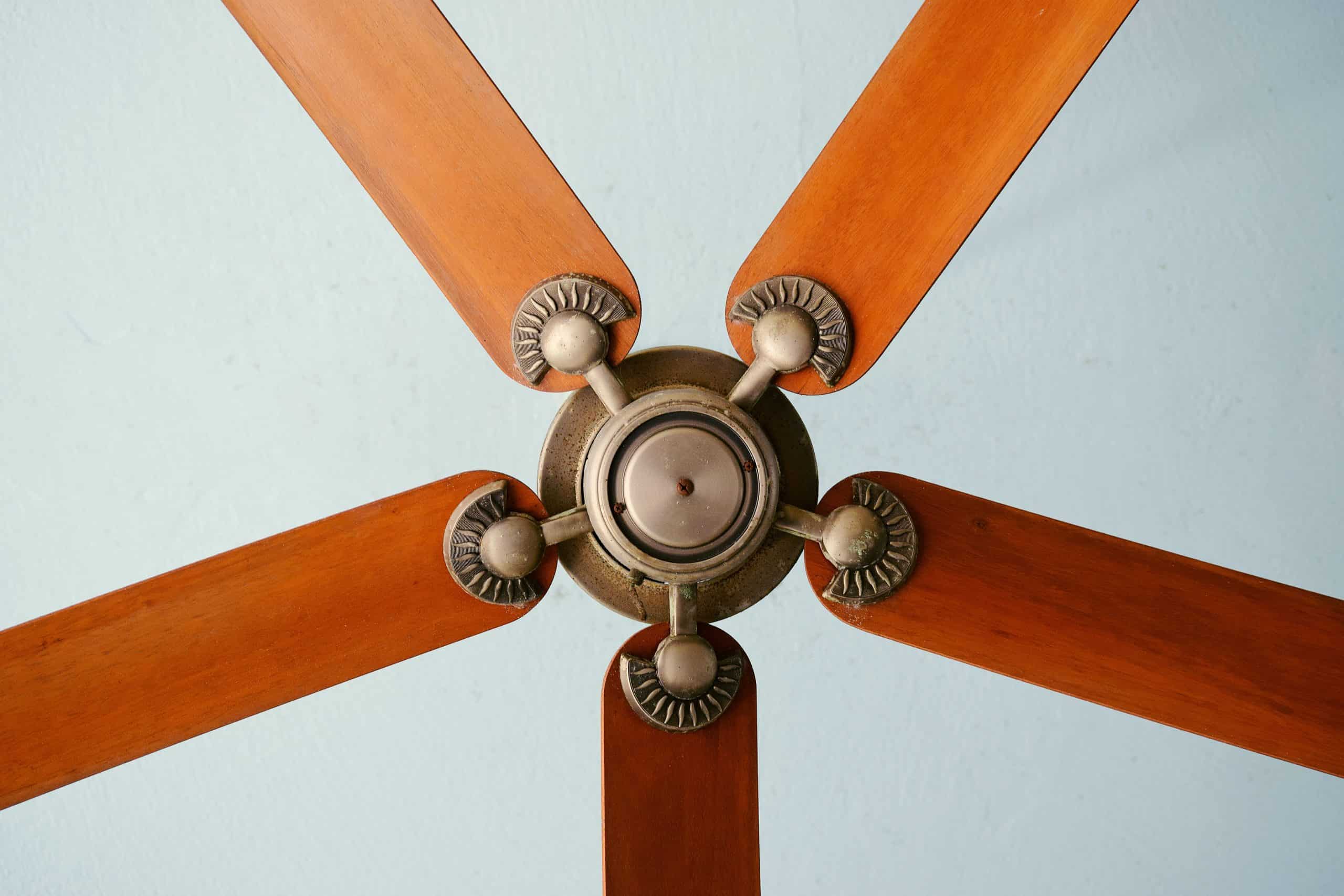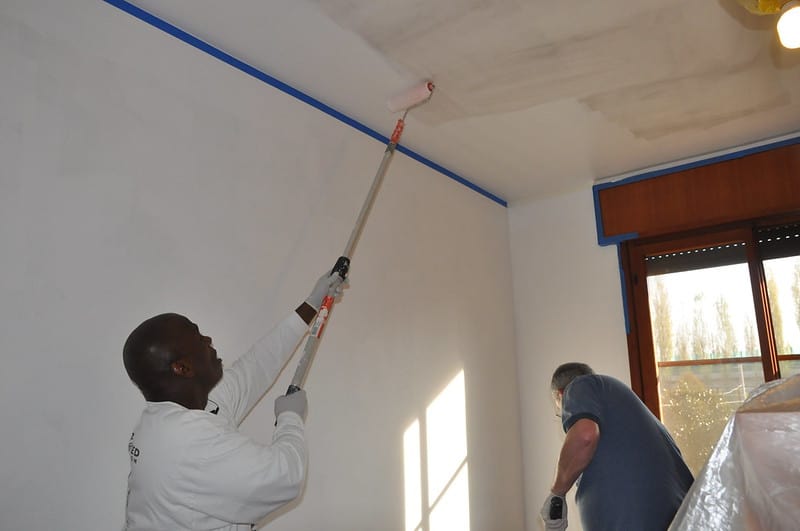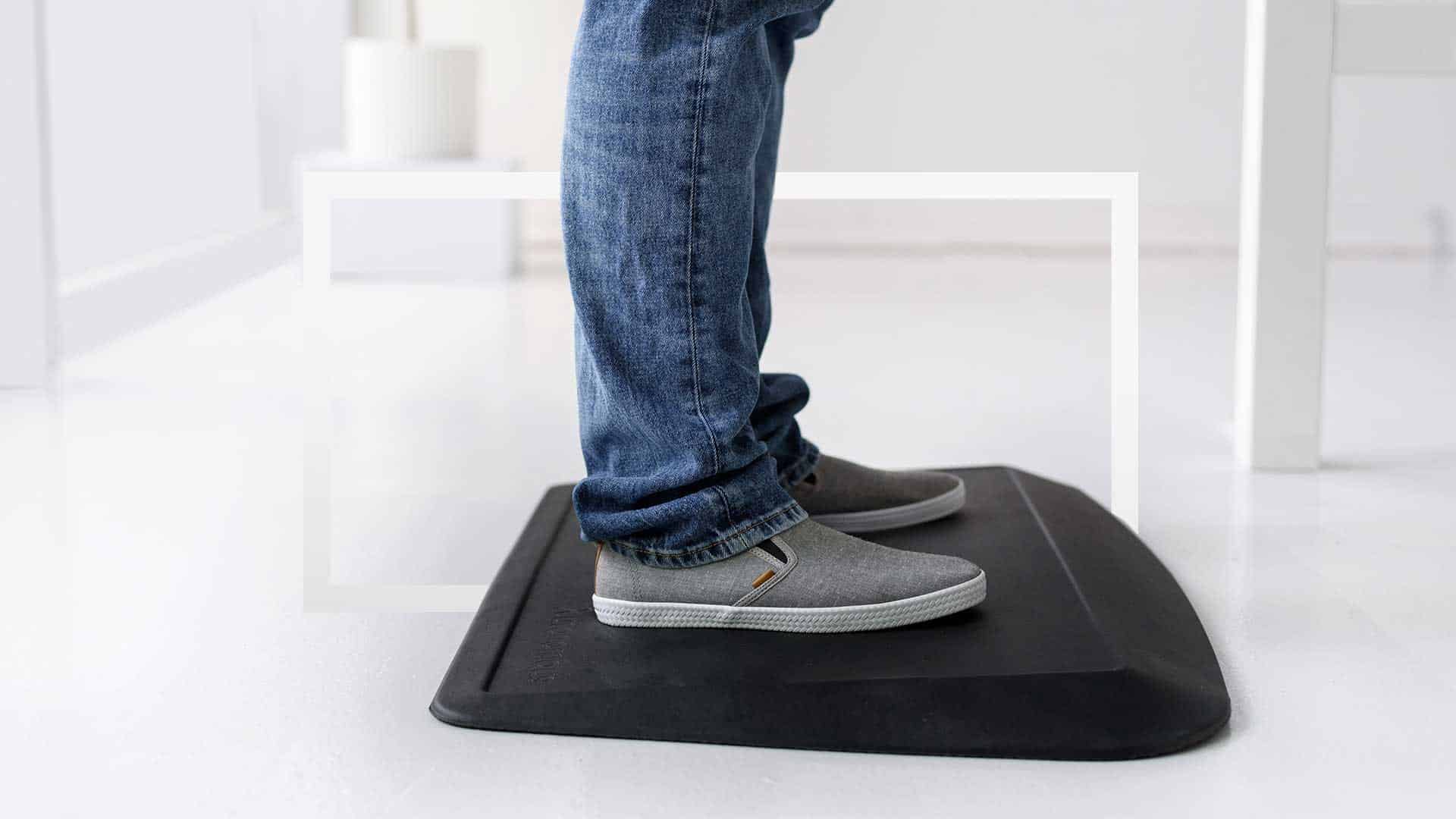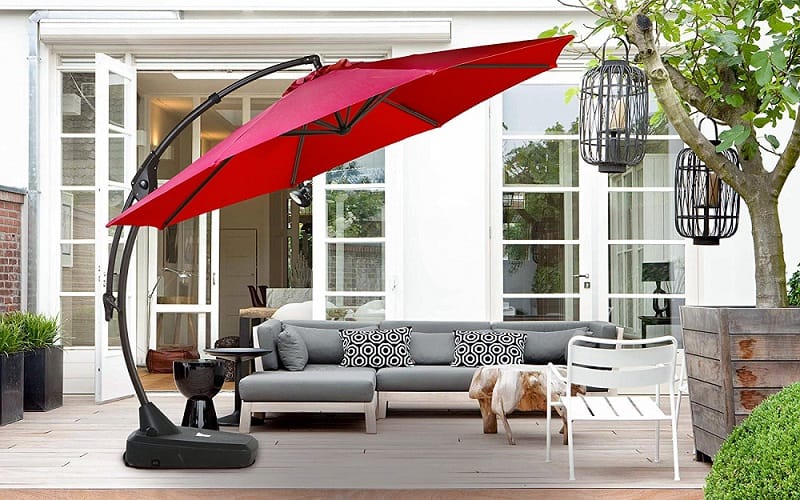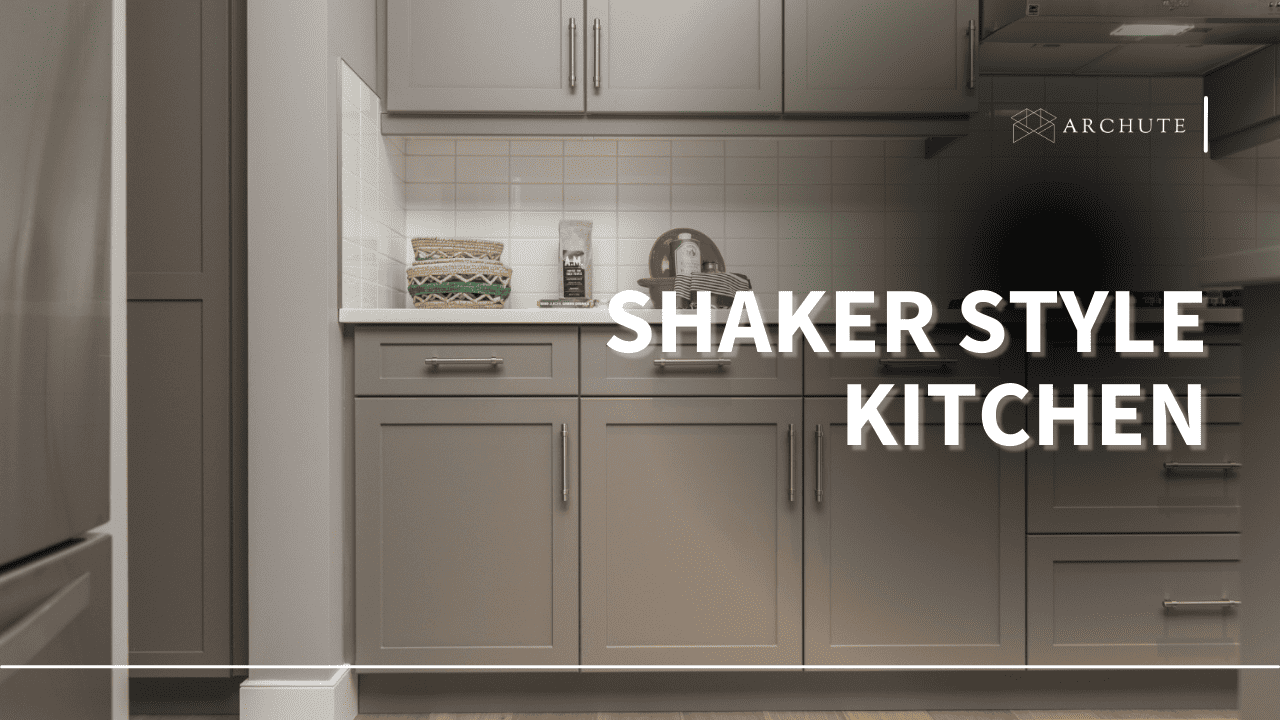Most cooks have to answer the most common question: what cookware can or cannot be put into the oven. Like other cookware materials, stainless steel is not exempt from the question; can stainless steel go in the oven? Well, stainless steel pans and pots were specifically designed for stovetops. However, these pans and pots began to serve additional functions in the kitchen over time. They are now frequently used as baking pans, with many individuals wanting to utilize their stainless steel pan in an oven. This guide will help you understand whether stainless steel can go in the oven. Keep reading!
Is Stainless Steel Oven-Safe?
Stainless steel is usually a heavy metal alloy containing silicon, nickel, chromium and manganese, with nitrogen and carbon elements. Manufacturers create different stainless steel varieties by varying the proportions of these components.
So, can stainless steel go in the oven? Yes, using stainless steel cookware in your oven is safe. However, ensure that you have chosen the best grade stainless steel cookware to use. Also, to prevent making mistakes, use the appropriate oven temperatures. Although your stainless steel will not shatter, it may split and flex.
What to Avoid When Using Stainless Steel
Though stainless steel is oven safe, you need to keep in mind the following;
1. Avoid going over 500°F
Stainless steel is strong and long-lasting, and it can endure high temperatures without being destroyed. Nonetheless, extremely high temperatures can destroy any material, including stainless steel. As a result, it is preferable to maintain suitable oven temperatures below 500°F because very high temperatures will be too hot for your stainless steel. However, this should not be an issue because the standard baking temperature usually varies from 375°F to 400°F.
2. Don’t leave the pan empty on the fire on high heat for too long.
Preheating an empty stainless steel frying pan or pot will obstinate yellow, blue, brown, or rainbow colors. So while it might seem enticing to add oil to a hot pan, it is not a smart idea.
3. Don’t skip preheating.
When stainless steel gets cold, it becomes porous, causing food to adhere to the surface. Preheating causes the stainless-steel cookware to expand, shutting the pores and generating a smooth surface to cook your food on, which is why you shouldn't bake without first preheating your stainless-steel cookware.
4. Avoid using cooking sprays.
Cooking sprays contain emulsifiers, fuels, and anti-foaming chemicals in addition to oil. Emulsifiers, in particular, can adhere to the pan and generate a sticky covering. But, again, using butter or oil is your best bet.
5. Don’t toss out the brown bits.
A common problem with stainless cookware is that food tends to adhere to the surface, especially if it is not greased. For example, when working with meat, if you have to apply some effort to lift it with a spatula and notice it's sticking to the surface, there are two possibilities: the meat isn't done, or the surface wasn't adequately oiled. Properly oiled, seasoned and cooked meat doesn't stick to stainless steel cookware, and that's how you know when it's done. Nonetheless, if there are some brown bits at the bottom of the pan, don't toss them out.
6. Clean them thoroughly
There are a few fundamental guidelines to follow when utilizing stainless-steel cookware and extending its life.
As previously stated, stainless steel doesn't tolerate high temperatures well, which is why you should never run hot, just-used pots and pans under cold water. The unexpected mix of hot and cold might induce undesirable responses, causing them to distort and get damaged. Instead, allow them to cool before washing with water.
When cleaning stainless-steel cookware, use non-metal scrubbers instead of strong and abrasive cleaners like bleach. Under no circumstances should you use steel wool or a scouring pad to clean your oven-safe skillet. Instead, sprinkle baking soda over stubborn stains and allow it to soak for some minutes.
What Are the Advantages of Using Stainless Steel Pots and Pans?
1. Durability
Stainless steel pans and pots can last for decades, especially if properly maintained and cared for. Forget about it chipping, breaking or scratching due to unintended accidents in the kitchen. Besides, good-quality stainless steel is resistant to rust and corrosion and can sustain regular wear and tear. Decades can pass before you notice even the tiniest indication of wear and tear. And accidents that result in chipping, shattering or scratching are a thing of the past if you possess premium stainless steel cookware.
2. Heat conductivity
Multi-ply cookware is ideal for the oven because of its rapid heat absorption and equal heat distribution. In addition, the stainless steel and aluminum layers offer a more uniform cooking surface that heats up evenly from the bottom to the sides of the pan.
Due to its high degree of heat absorption and equal heat distribution, multi-ply stainless steel (metal alloys folded over and over again) enables even cooking. This results in a more homogenous cooking surface that warms up uniformly from the pan's sides to the center.
3. Non-reactive metal
There are many varieties of cookware materials available such as cast iron, aluminum core, copper and Teflon, which are extremely reactive. And because of their reactivity, they're extremely prone to leaching into the food during the cooking process, resulting in various health complications. Compared to these cookware materials, stainless steel is naturally non-reactive and won't interfere with the chemical structure of the food. Therefore, you may bake anything without fear of leaking dangerous chemicals or imparting a metallic taste to your meal.
4. Easy maintenance
Stainless steel is easy to maintain and clean. So, whatever incident might require cleaning, such as scorching the bottom of your stainless pan due to overcooking your dish. A good soak in the sink will always be beneficial; (something you would never do with cast iron), then scrub it clean using a mild soap or use special polishes and cleaners for stubborn messes.
Besides, the use of relatively light liquid dish-washing soaps is sufficient to clean stainless steel pots and pans. Furthermore, you may use a wide range of stain-removal detergents and specific cleaning agents without the danger of damaging the chemical qualities of your stainless steel pan or pot. Due to its non-reactive, highly corrosive resistant properties, it will exclude the likelihood of the compounds in these cleaning products posing a risk to the composite alloy structures of your stainless steel.
What Are the Factors Determining the Safety of Stainless Steel?
1. Quantity of chromium
The inaccurate quantity of chromium may cause issues since it will make the stainless steel less durable. The chromium percentage must be at least 19%. Steel with a higher chromium concentration is twice as resistant to corrosion as steel with no chromium content.
2. Quantity of nickel
If the nickel content exceeds the NFS limit, the issue of metal leaking into your food will worsen. The nickel percentage must be between 8 and 10%. More than that might be problematic. As previously stated, it can create health issues such as allergies.
3. Quality grade
Poor grade stainless steel may smudge and show fingerprints. For cookware, the best grade for safety is 304. You may safely use the quality grade 400 series as cooking utensils.
4. Extreme temperatures
Temperatures exceeding 500 degrees Fahrenheit can deform or destroy the steel. The stainless steel cookware is unsafe to use at this temperature. Keep the temperature below 400 degrees Fahrenheit for safety use.
5. Proper elements proportion in the alloy
The components in the alloy must be present in sufficient quantities so that they may be combined to generate enough flexibility, toughness, and durability.
What Are the Tips for Taking Care of Stainless Cookware
- Clean your stainless steel with soap and hot water before and after use. Thoroughly rinse and dry.
- Buff it with stainless aluminum cleaners regularly to keep your stainless steel cookware's sheen and non-stickiness.
- Avoid overheating stainless steel materials. High-quality steel cookware can withstand temperatures of up to 500 degrees Fahrenheit, but no higher.
- Avoid harsh or abrasive cleaners such as bleach and scouring pads when cleaning your stainless steel cookware.
- Place no containers containing cold water on top of the stainless steel. This action is equivalent to pouring hot water directly on the steel. It will have the same negative consequences.
- Even when not in use, clean your cookware regularly. Mold and mildew can form on it if it is left unclean for an extended length of time. This can happen if you leave food scraps on the surface of the steel. This is a rare occurrence, though it's better to be safe.
- Coat the cold cookware with margarine, butter, or nonstick cookware cooking spray to prevent sticking. Warm-up for two minutes on medium heat. After that, you should be able to use it without issue.
- Avoid using sharp or pointy things in stainless steel cookware. These items have the potential to scratch or damage your stainless steel.
- Never use cold water while the stainless steel is still hot, as the unexpected combination of cold and hot can cause adverse reactions that can result in explosions or damage.
- Before washing, allow the stainless steel cookware to cool. The quick contact of molten material with cold water can result in severe stress, which might destroy it.
Frequently Asked Questions about Stainless Steel Cookware
1. Are handles of your stainless steel cookware oven proof?
The pans and pots' handle usually determine whether the cookware is oven safe or not. Most handles are made of heat-resistant materials like wood and plastic to offer protection when handling the cookware. The wooden or plastic handles are a great choice because they're heat resistant. However, sometimes these materials can be limiting since some tend to be met when used in the hot oven.
Silicone insulated handles are the best option because they can tolerate heat better; they are oven safe and can endure temperatures ranging from 330°F to 475°F.
2. What are the cons of stainless steel cookware?
- Smudges and fingerprints may appear on poor-grade stainless steel. You, therefore, need to understand how to select high-quality stainless steel that does not reveal smudges.
- Stainless has the potential to leach hazardous heavy metals into your diet. This is true when the stainless steel is of poor grade. Grade 304 is great for cooking, whereas grade 400 is ideal for kitchenware.
- Poor quality stainless steel pans and pots may include more nickel, which can cause allergic dermatitis and heavy metal buildup in your body. This scenario is hazardous to your health.
- Poor grade steel is not durable and resistant to heat and corrosion. At the slightest pressure or temperature increase, it will quickly gather dust and will most likely corrode.
3. Is stainless steel dishwasher-safe?
Yes, stainless steel is dishwasher-safe and readily cleanable. Though stainless steel is usually considered dishwasher-safe, a few dangers are involved. Most people put their stainless-steel cookware in the dishwasher and have no problems. However, they might develop stains and watermarks that are difficult to remove.
Besides, Continuous use of dishwasher detergent is said to be highly abrasive, resulting in spots and discoloration. Therefore, the only stainless-steel cookware you should use in the dishwasher are ones that specifically declare such, as they have been tested to ensure so.
4. What makes poorly constructed stainless steel?
Poorly constructed stainless steel doesn't contain many metals and components in the resulting alloy. And for stainless steel to be of high quality and oven-safe, it must contain certain elements. If the steel qualities do not meet the specifications listed above, they are poorly made, and you should not use them. In addition, you might get hurt or burnt due to your steel product.




